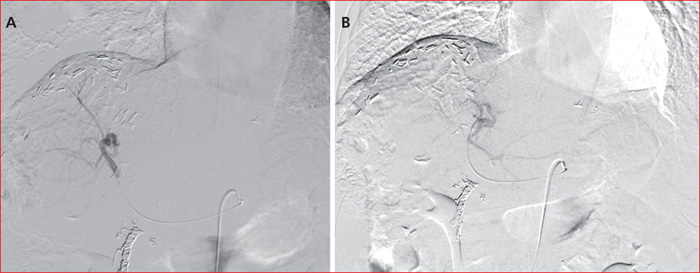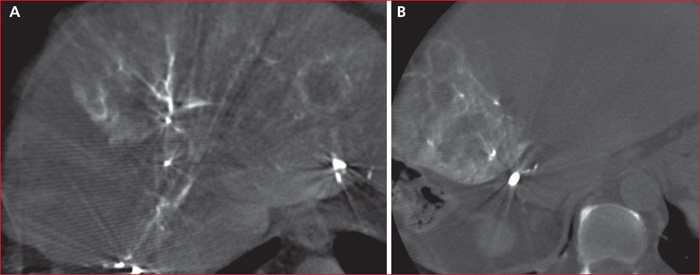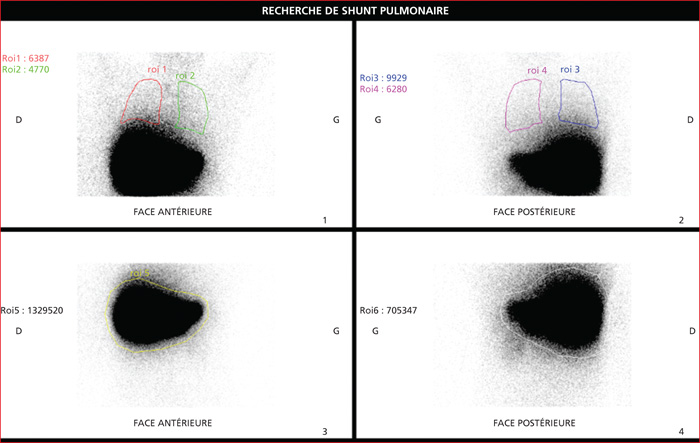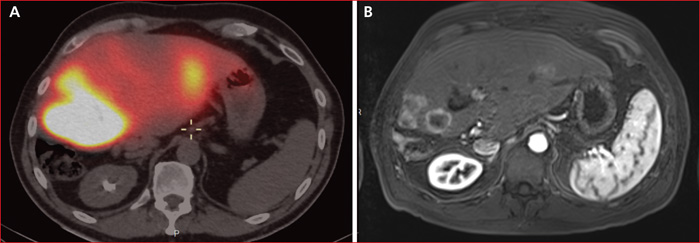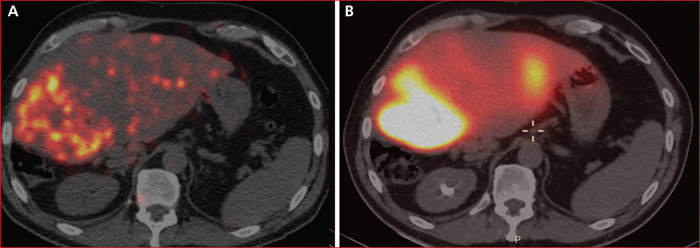Hépato-Gastro & Oncologie Digestive
MENUPlace of selective internal radiation therapy in the treatment of metastatic colorectal cancer Volume 28, issue 3, Mars 2021
- Key words: selective internal radiation therapy, radioembolization, colorectal cancer, liver metastases
- DOI : 10.1684/hpg.2021.2139
- Page(s) : 391-404
- Published in: 2021
Selective internal radiation therapy (SIRT) uses microspheres of 90Yttrium injected into the hepatic artery, which emit β radiation and make it possible to treat liver metastases of colorectal cancer (LMCRC). SIRT is schedulled in two distinct procedures: a work-up and a treatment phase. The goal of personalized dosimetry is to be as tumoricidal as possible and to avoid liver function deficiency. The tolerance of SIRT is excellent in the majority of cases. According to the TNCD, the SIRT is indicated in a palliative situation in patients with LMCRC and a predominant liver disease (≤ 5 non-life-threatening extrahepatic lesions); in practice when treatment with TAS-102 or Regorafenib is discussed. Here, we review the available data concerning the SIRT which allowed its reimbursement, but also the results obtained in the management of MHCCR in earlier treatment lines.


